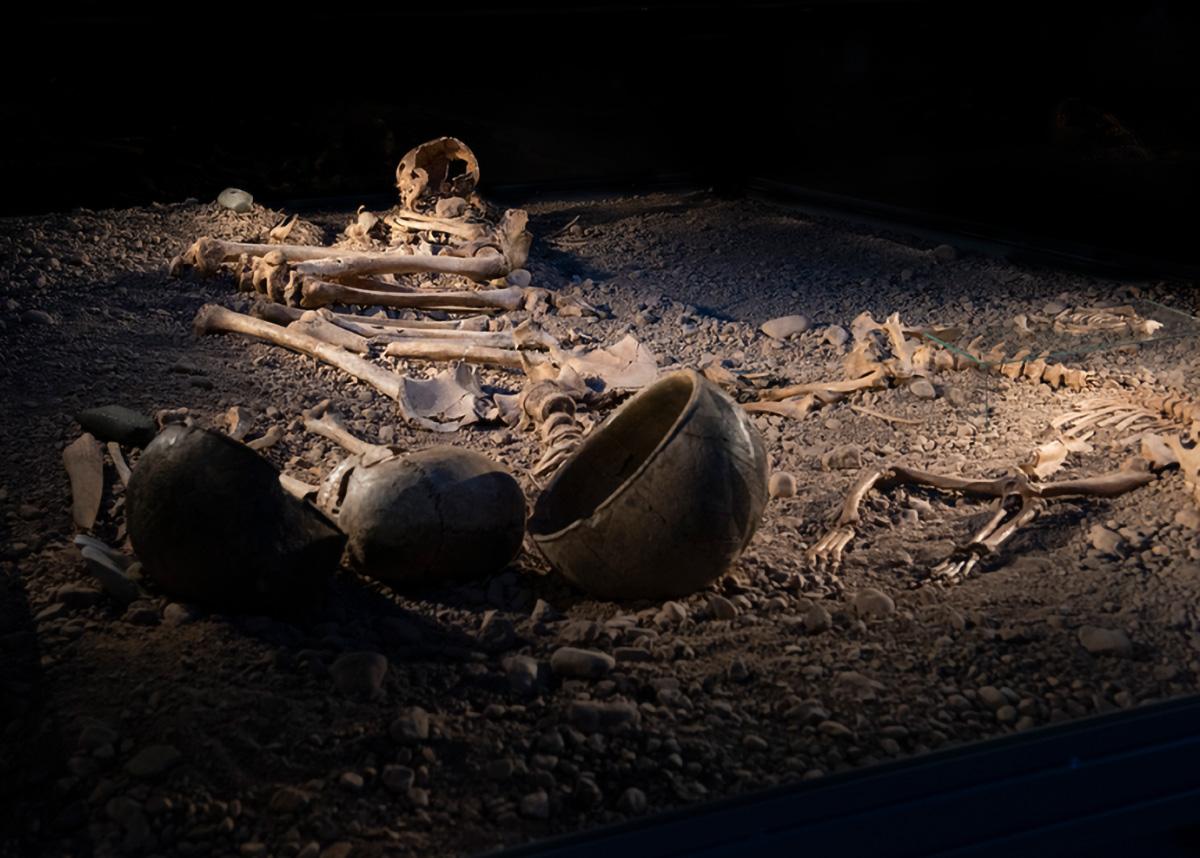The invisible enemy of prehistory
Follow us on Google News (click on ☆)

Stone Age remnants from Bergsgraven in Linköping.
A study shows that Stone Age populations in Scandinavia often suffered and died from bacterial diseases, such as those causing meningitis and food poisoning.
Credit: Östergötland Museum
International researchers, coordinated from the Centre for Paleogenetics in Stockholm, have explored the presence of microbes during the Stone Age. Their study covers 38 individuals from hunter-gatherer and farming contexts, ranging from Hummerviksholmen in Norway (about 9,500 years ago) to Bergsgraven in Linköping, Sweden (approximately 4,500 years ago).
Their analyses revealed the presence of microbes, both those associated with a normal state of health and various diseases. Among these pathogens, they found Neisseria meningitidis, which is transmitted through close human contact, but also Yersinia enterocolitica, often contracted through contaminated food or water, and Salmonella enterica, a common cause of food poisoning today.
Notably, the discovery of two individuals infected by Salmonella enterica in a burial site at Bergsgraven could indicate the cause of their death. These diseases, easily treatable with antibiotics today, were once deadly.
The study highlights the transition from a hunter-gatherer to a farming lifestyle in Scandinavia, and how this change could have affected general health. The researchers are particularly interested in the impact of bacterial diseases during this period.
This work opens new perspectives on our understanding of prehistoric societies, exploring an aspect until now inaccessible. It underlines the importance of close living quarters and the absence of antibiotics, causing deaths that would be unthinkable today, a harsh reality for our ancestors.